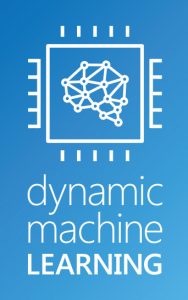Best Translation Collaboration Tools & Features [2024]
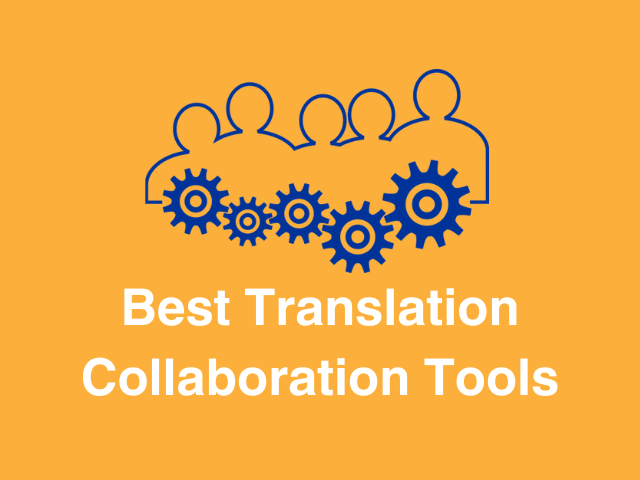
Translation collaboration tools have become indispensable for ensuring accuracy, consistency, and efficiency in multilingual projects. Moreover, streamlining translation processes is crucial for organizations aiming to cut costs and maintain quality.
Collaboration tools, often integrated with Computer-Assisted Translation (CAT) tools, help you improve the translation process, making it more collaborative and efficient for your team. By using these tools, you can reduce redundancy, avoid costly errors, and speed up project completion times, all while ensuring high-quality translations.

Although the ideal translation collaboration tool may differ for each organization, some key features are important for high-quality translation software. Therefore, we will highlight the essential features and recommend the best tools for managing multilingual projects, saving you the time and effort of researching and comparing options.
Want to improve your translation efficiency right away? Check out our AI-powered translator, Pairaphrase.
Top 11 Translation Collaboration Tools & Features
Here are the top 11 translation collaboration tools and features to help your organization achieve high quality translations while reducing costs and conserving your time. Skip to the end of this article to learn about the best translation software platform online with all these features.
1. Centralized Access (a must-have feature of any translation collaboration tool)
If you have remote workers or need easy accessibility from any location, centralized access and cloud-based systems will be the first collaborative translation tool to look for.
Centralized access means all project files, glossaries, and translation memories are stored in a single location. This accessibility will ensure that every team member works with the most current version of the project, reducing the risk of inconsistencies and errors.
Cloud-based systems allow for remote work, which is increasingly important in today’s flexible working environments. It could also help team members stay connected when traveling to different locations, conferences, or meetings. Team members can easily log in from various locations and time zones, making it easier to manage international projects.
Feature highlight: Cloud-based systems provide centralized access to translation projects, enabling team members to work from anywhere.
Benefits: Facilitates real-time collaboration, easy access to documents, and seamless project management.
2. Instant Messaging and Easy Team Communication
When you have multiple team members on a project, communication is key. Instant messaging features embedded within collaborative translation tools enable real-time communication without needing to switch to another platform.
Translators, reviewers, and project managers can discuss specific segments, clarify doubts, and provide feedback instantly. This direct line of communication helps in quickly addressing issues and moving the project forward efficiently.
Fully operational communication systems can enhance a company’s capacity to retain top talent by as much as 450%!
Feature highlight: Integrated instant messaging allows team members to communicate and collaborate within the translation interface.
Benefits: Enhances coordination, reduces email clutter, and speeds up the resolution of queries.
3. Segment Edit History and Translation Tracking
Tracking changes and editing history becomes imperative with high-quality translations and long-term improvements for your team. Segment edit history provides a detailed log of all changes made to a translation. This transparency will help team members see who made each change and understand the rationale behind edits.
This collaborative translation functionality also makes it easier to revert to previous versions if needed, maintaining the integrity and quality of the translation.
Feature highlight: Track changes made to translation segments, including who made the edits and when.
Benefits: Ensures accountability, allows easy review of modifications, and maintains a clear audit trail.
4. Translation Memory
To ensure your translations always stay consistent and relevant, translation memory (TM) is an essential feature in every collaborative translation software solution. It’s a powerful technology that stores segments of previously translated text.
When similar or identical text appears in the current project or in future projects, the TM suggests these segments, ensuring consistent use of terminology and style.
This feature is particularly beneficial for large projects or organizations with ongoing translation needs, as it significantly reduces the time required for translation and ensures a uniform output.
Feature highlight: Shared translation memory stores previously translated segments for reuse.
Benefits: Increases consistency in translations, reduces repetition, and speeds up the translation process.
5. Translation Glossary
Similar to translation memory, a translation glossary is handy for consistency and maintaining appropriate terminology in all translations.
A translation glossary is a list of terms and their pre-approved translations. By centralizing this resource, all team members have access to the same terminology, ensuring that specific terms are translated consistently. This is crucial for maintaining the brand’s voice and ensuring that industry-specific or technical terms are used correctly.
Feature highlight: A centralized glossary ensures the use of consistent terminology across all translations.
Benefits: Maintains brand voice, reduces errors, and improves the quality of translations.
6. Terminology Management
To go one step further, use terminology management to help with brand and product-specific terminology. Especially when multiple people are involved in translations. Terminology management also involves creating, maintaining, and utilizing a controlled vocabulary of terms.
This is especially important for technical and industry-specific language, where precision and uniformity are critical. Term base glossaries are a central component of terminology management. That being said, make sure your team opts for collaborative translation software that allows you to import, edit and export a glossary.
Feature highlight: Terminology management tools help with maintaining and building effective glossaries for machine translation.
Benefits: Ensures standardized terminology, reduces errors, and enhances translation quality with quality checks and enforcement of terminology rules.
7. User Permissions Control
To clearly define roles and responsibility within projects, you’ll want user permissions control. User permissions control should allow account owners and admins to assign different roles and access levels to team members based on their responsibilities.
For instance, translators may only have translation capabilities and project managers may have full access with the ability to edit translation memories. This tiered access ensures that sensitive information is protected and that the workflow remains organized and efficient.
Feature highlight: Define roles and control access levels for different users within the platform.
Benefits: Enhances security, ensures proper workflow management, and prevents unauthorized access.
8. Bookmarking
When working on extensive documents or complex projects, it’s often necessary to pause and resume work at different times. To minimize downtime and maintain efficiency, utilizing bookmarking tools is highly beneficial.
The bookmarking feature allows translators and other team members to mark specific segments for easy reference later. By bookmarking their place, translators can quickly return to where they left off, ensuring a smooth workflow and reducing the time spent searching for segments.
Feature highlight: Bookmark the last edited translation segment for quick reference.
Benefits: Saves time, helps track progress, and improves project management efficiency.
9. Easy Team Invites
Easy sharing options are crucial with large or multidisciplinary projects. This translation collaboration feature enables project managers to invite new team members or external collaborators to join the project effortlessly.
Invitations should be readily accessible directly from the translation tool, allowing new users to start contributing immediately. This functionality is particularly useful for scaling up efforts quickly and ensuring that all necessary expertise is included in the project.
Feature highlight: Easily invite team members to join and edit translations directly within the application.
Benefits: Simplifies collaboration, ensures all relevant stakeholders are involved, and enhances project coherence.
10. Google Drive Integration
Find translation software allows you to translate files stored in Google Drive. This will allow your team to access and work on documents that live in Google Drive directly from their collaborative translation platform. This is particularly helpful for Google Workspace users who work with and/or translate Google Slides, Sheets, and Docs.
This integration facilitates easy sharing, real-time collaboration, and centralized document management. Teams can benefit from Google Drive’s robust collaborative features while keeping their translation workflow streamlined.
Feature highlight: Integration with Google Drive for easy access and collaboration on shared documents.
Benefits: Leverages the collaborative strengths of Google Drive, simplifies file management, and enhances team productivity.
11. API Access
API access is a critical feature for integrating translation tools with other applications such as content management systems, project management tools, and customer support platforms. This integration enables automation of translation processes and ensures that all systems work together seamlessly.
Additionally, APIs can be used to distribute previously translated content stored in Translation Memories directly to a company’s website or proprietary apps, ensuring consistency and efficiency across all platforms.
Feature highlight: API access allows integration of translation software with other systems used by the organization.
Benefits: Enhances collaboration, improves efficiency, and facilitates seamless workflows.
Recommended Collaborative Translation Platform
Want to get started with the best translation collaboration tools? Try Pairaphrase. It’s the AI-powered translation management system for teams who value smarter, faster and safer translation. Plus, it comes with all the tools listed above!
Pairaphrase supports 100+ languages and 10,000+ language pairs including Spanish, French, German, Arabic, Hindi, Chinese, Japanese and more. Not to mention, it performs file translation for 24 file types.
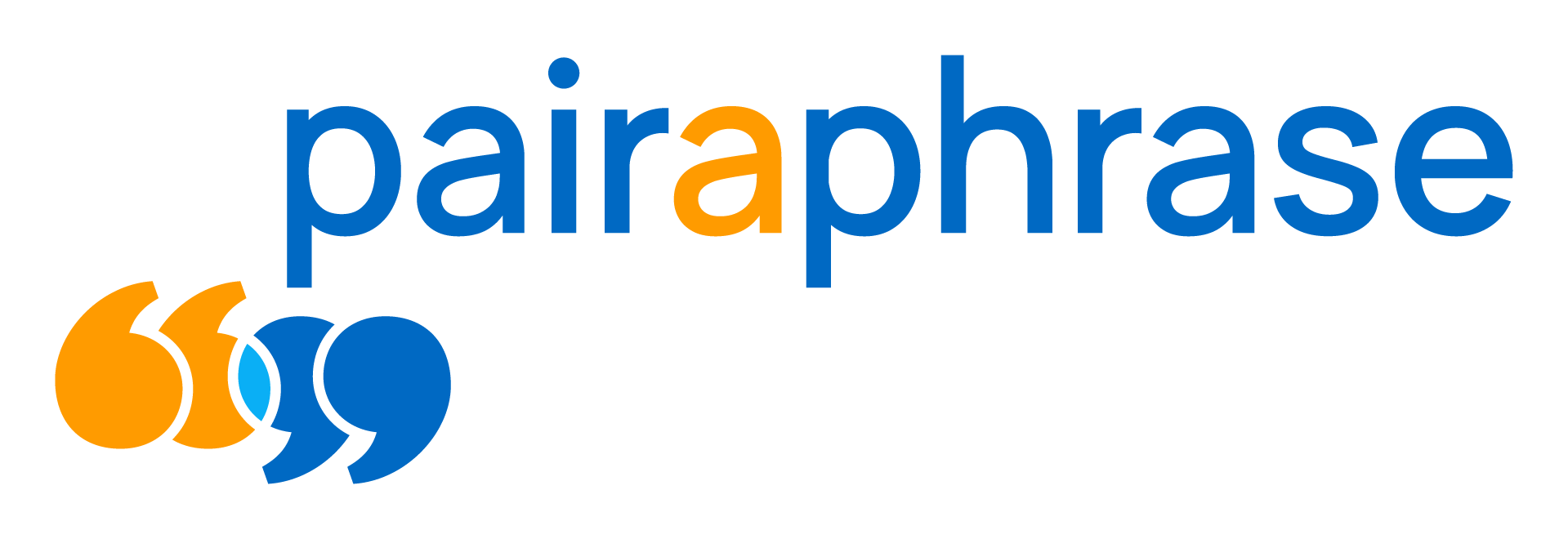
Get Started
Schedule a demo or share this article with a colleague.
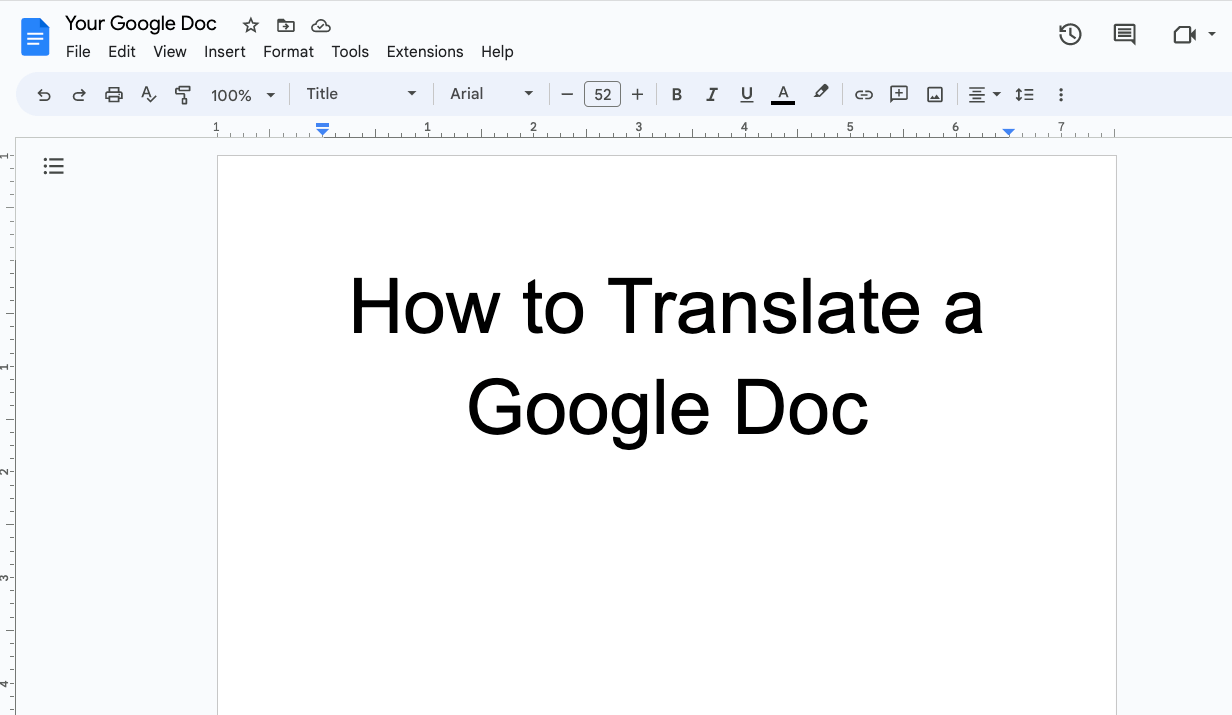
How to Translate a Google Doc Most Efficiently [2025]
Want to translate Google Doc text? Learn why you should use Pairaphrase as your Google Docs translator.

How to Translate an Entire Google Slides Presentation [2025]
Want to translate Google Slides presentation text, notes & charts? Learn why you should use Pairaphrase as your Google Slides translator.
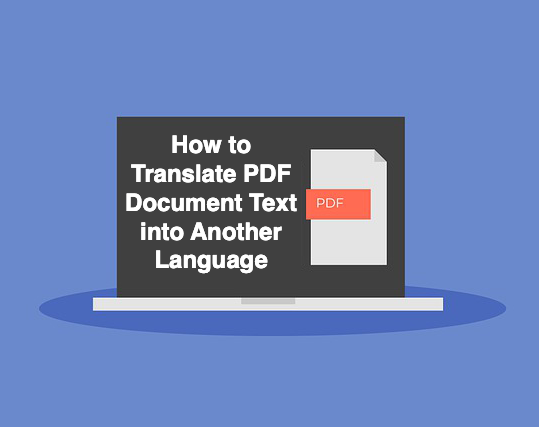
PDF Translation Problems & Solutions: Troubleshooting Guide [2024]
Learn common issues involved with translating PDF documents and discover why Pairaphrase is the best PDF document translator.

Most Accurate Translator Tool: What to Look for [2024]
While a 100% accurate translator does not yet exist, this post will tell you how to get the most accurate translator tailored to your company’s words and phrases.

11 AI Translation Industry Trends in 2024
Explore 2024 translation industry trends! Learn about 10 AI translation industry trends 2024 will bring, according to our predictions.
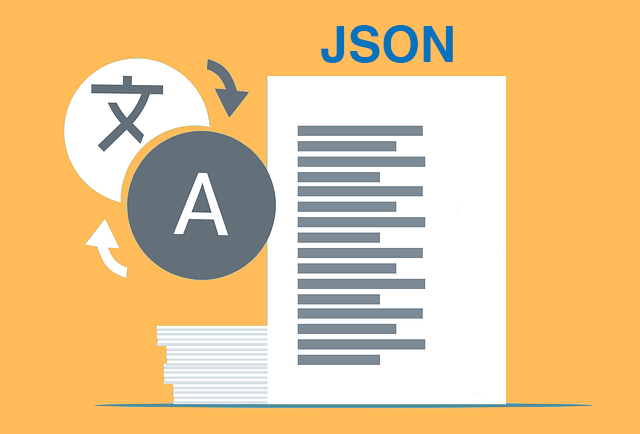
How to Translate JSON Files Online Effectively [2024]
Want to translate JSON files? Learn why Pairaphrase is the best way to auto-translate JSON files online.
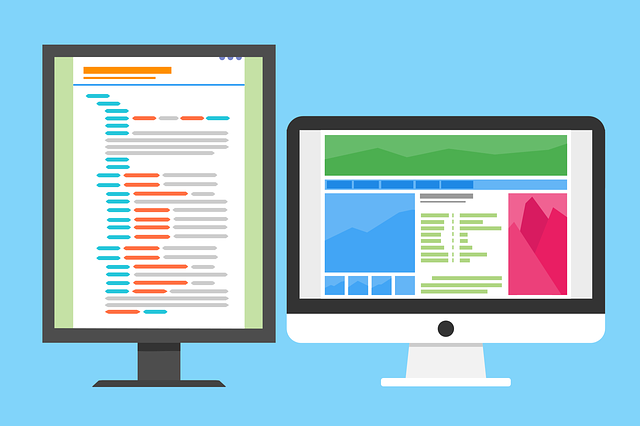
How to Translate HTML Files to Another Language [2024]
Want to translate HTML files to another language? Learn why Pairaphrase is the best way to translate HTML files.
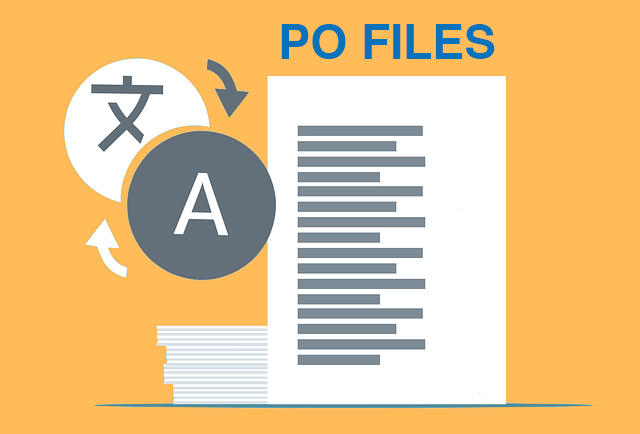
How to Translate PO Files Online [2024]
Need to translate PO files online? Learn why Pairaphrase is the best way to translate PO files.

OpenAI Language Translation: Pros & Cons for Enterprises
Exploring OpenAI language translation capabilities? In this article, discover the pros & cons of OpenAI translation for enterprise use.

File Translation 101: Your Guide to the Basics
Learn all about file translation in this 2023 guide to gain an understanding of the different kinds of file translation services & formats.

Best Way to Translate Elucidat Course Content
Learn how Pairaphrase makes Elucidat course translation reusable, secure, fast and easy.

5 Tips for eLearning Localization in 2024
Need to localize eLearning content? Familiarize yourself with these 5 eLearning localization tips for effective multilingual training.

How to Translate a Text File Online [2024]
Want to translate a text file? Learn why Pairaphrase is the best way to translate a text file for your organization.

Best DocTranslator Alternative (2024)
Want a secure enterprise alternative to DocTranslator? Learn why Pairaphrase is the best DocTranslator alternative for enterprises here »

Top 8 Translation Industry Trends (2023 Outlook)
Explore 2023 translation industry trends! Learn about 8 translation industry trends 2023 will bring, according to our predictions »

Best English to Polish Document Translation Software [2024]
Looking for English to Polish translation software, but not sure what features you need? Access this buying guide.
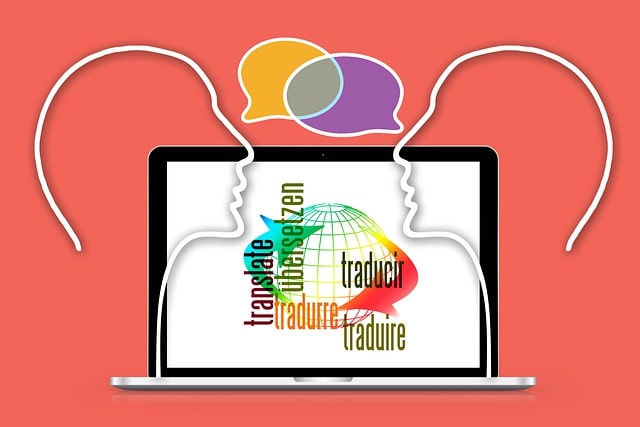
Translation Services 101: Your Guide to the Basics
Need translation services? First, learn the basics! This way, you can make an informed decision. Explore this guide to translation services.

Best Redokun Alternative for Enterprises (2024)
Want a secure enterprise alternative to Redokun? Learn why Pairaphrase is the best Redokun alternative for enterprises here »
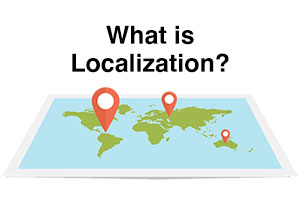
Localization 101: Your Guide to the Basics
Curious about localization? Learn about localization vs translation, what it is, how it works, benefits & more in this guide to the basics!

Best Memsource Alternative for Enterprises (2024)
Want a secure enterprise alternative to Memsource? Learn why Pairaphrase is the best Memsource alternative for enterprises here »

How to Translate Entire Google Sheets (All Cells) [2025]
Want to translate entire Google Sheets? Learn why you should use Pairaphrase as your Google Sheets translator.
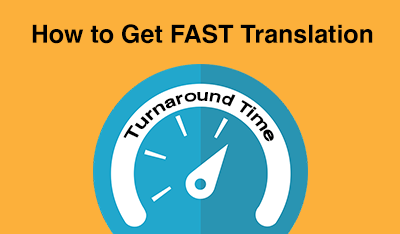
Fast Turnaround Translation: How to Get it
While fast translation turnaround and linguistic quality is a delicate balance, this post will tell you how to best use Pairaphrase to get fast translations.

Best English to Arabic Document Translation Software (2024)
Looking for English to Arabic translation software, but not sure what features you need? Access this buying guide.
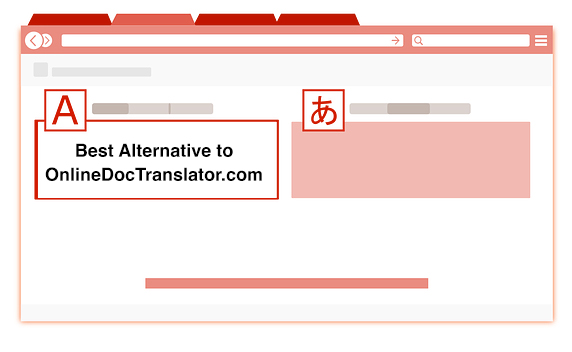
Best OnlineDocTranslator.com Alternative (2024)
Considering an alternative to OnlineDocTranslator.com? Explore why Pairaphrase is the best OnlineDocTranslator.com alternative for enterprises.
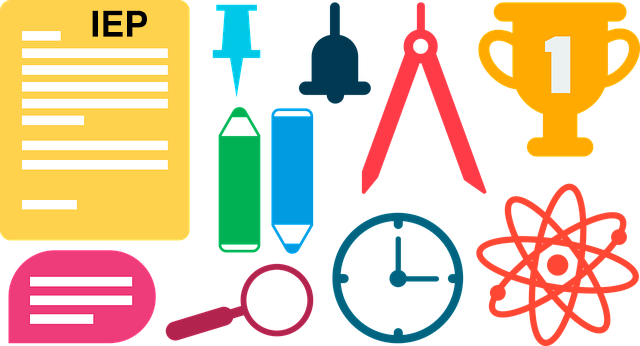
How to Translate an IEP Document [2024]
Need to translate an IEP document? Learn how to translate IEP documents in the most efficient and secure way possible.
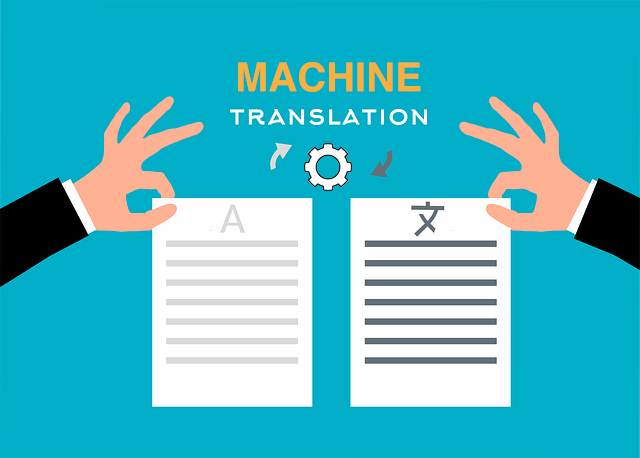
Machine Translation (MT): Your Guide to the Basics [2024]
Curious about Machine Translation (MT)? Learn about machine translation, how it works, benefits of machine translation & more.
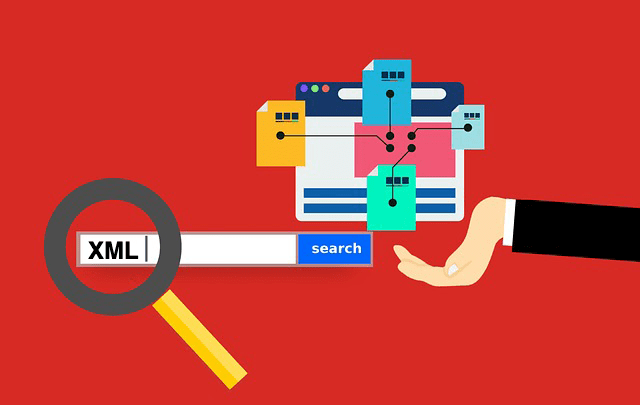
How to Translate XML Files Online (2024)
Need to translate XML files online? Learn about the best features to use when translating XML files.

Best English to Italian Document Translation Software (2024)
Want the best English to Italian document translation software for business? Read about the 10 best English-Italian translator app features.

Terminology Management in Translation: Essential Guide [2024]
Learn all about terminology management in this comprehensive guide.

Smartling Alternative for Enterprises in 2024
Want a Smartling alternative? Explore 10 possible reasons you need one, and why Pairaphrase might be your best alternative.

How to Translate XLIFF Files Online Successfully (2025)
Need to translate XLIFF files online? Learn why Pairaphrase is the best way to translate an XLIFF file.

Best Japanese to English Document Translation Software (2024)
Looking for Japanese to English translation software, but not sure what features you need? Access this buying guide.

How to Translate SRT Files Effectively [2024]
Learn how to translate SRT files in 2022! Explore the reasons Pairaphrase is the best way to translate an SRT file effectively.

Best English to Japanese Document Translation Software (2024)
Looking for English to Japanese translation software, but not sure what features you need? Access this buying guide.

Brochure Translation Software Features to Look for
Need brochure translation? Look for these 10 top brochure translator features (before you buy).

Best Way to Translate Articulate Course Files
Need to translate Articulate course files? Learn why Pairaphrase is the best way to translate Articulate files (XLIFF 2.0).

Best Way to Translate Multiple Files Simultaneously Online [2024]
Need to translate multiple files simultaneously online? Learn why Pairaphrase is best for batch translation.
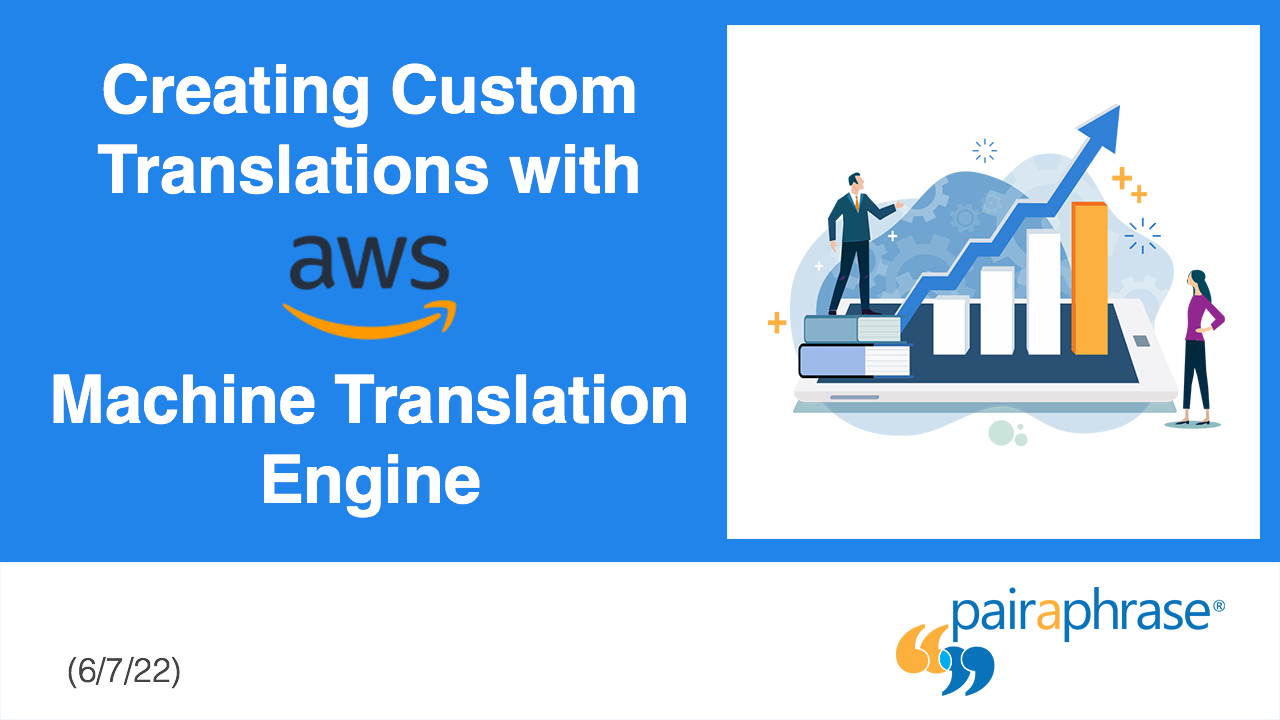
Using Pairaphrase Translation Software with Amazon Translate
Curious about translating with Amazon Translate (AWS)? Learn about using Amazon’s machine translation engine with Pairaphrase.

Best English to Hindi Document Translation Software (2024)
Looking for English to Hindi translation software, but not sure what features you need? Access this buying guide.

How to Translate Large Files with Ease [2024]
Need to translate large files? Learn about the best tools to use when translating large PDF’s, documents & more (10MB+).

Catalog Translation Software Features to Look for
Need catalog translation? Look for these 10 top catalog translator features (before you buy).

Best English to Vietnamese Document Translation Software (2024)
Looking for English to Vietnamese translation software, but not sure what features you need? Access this buying guide.

How to Create Effective Termbase Glossaries for Machine Translation
Need to create a termbase glossary? Get our top 5 tips for creating effective termbase glossaries for machine translation.

Best English to Korean Document Translation Software (2024)
Looking for English to Korean translation software, but not sure what features you need? Access this buying guide.

Best DeepL Alternative for Enterprise Teams (2024)
Explore various DeepL drawbacks and user-specific needs you might identify with. This way, you can conclude whether alternatives to DeepL could fill these gaps.

Top 10 Translation Industry Trends in 2022
Explore 2022 translation industry trends! Learn about 10 translation industry trends 2022 will bring, according to our predictions »
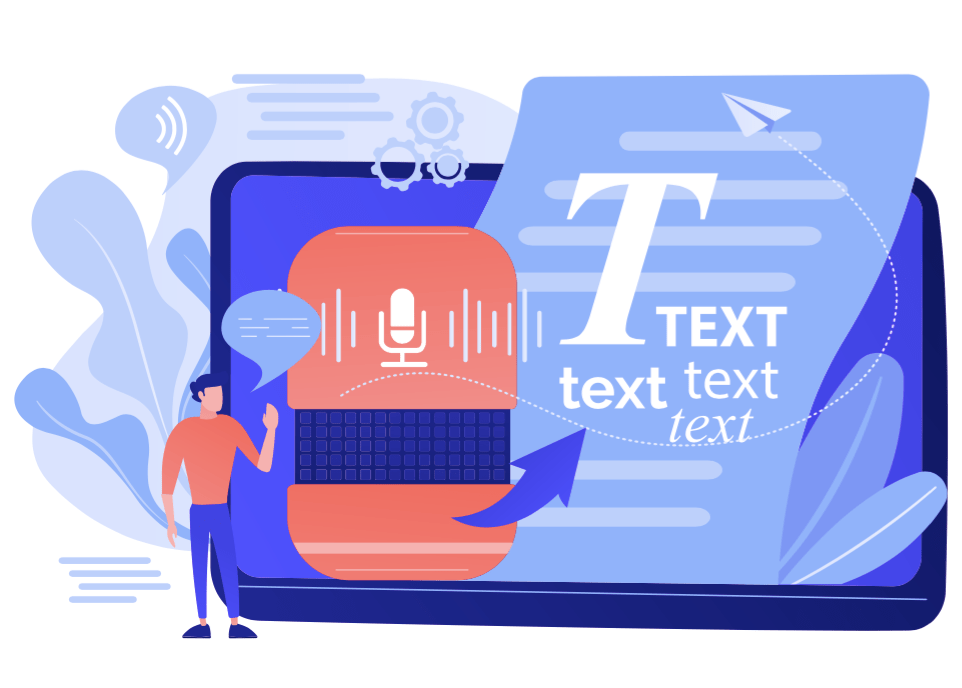
Secure Transcription Software That Translates Languages
Need secure transcription software that translates languages? Learn what features to look for and how Pairaphrase will benefit you.

Best English to Portuguese Document Translation Software (2024)
Looking for English to Portuguese translation software, but not sure what features you need? Access this buying guide.
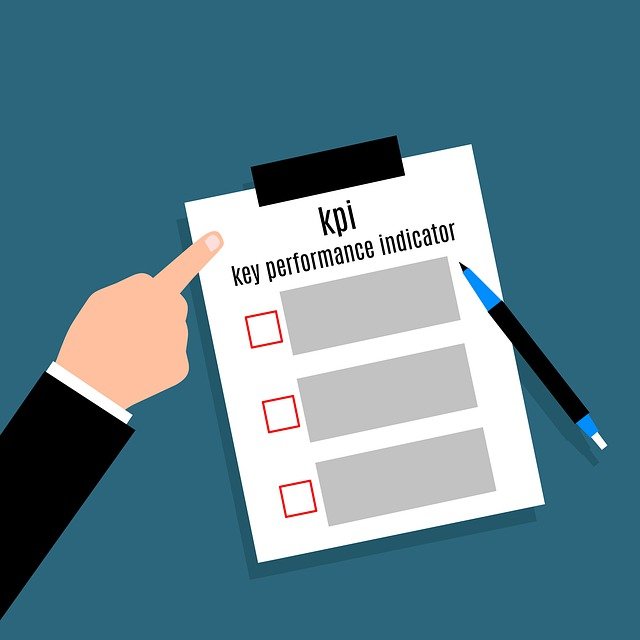
Translation KPIs for Translation Management Success
Establishing translation KPIs (Key Performance Indicators)? Here are the 5 Most Important KPIs for translation management success.


